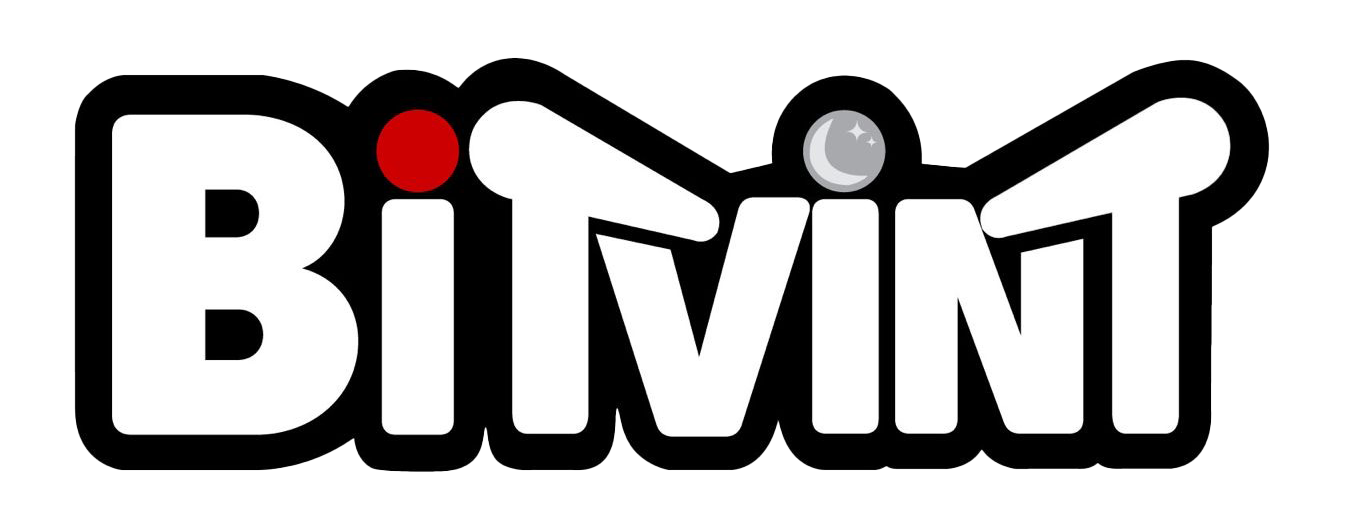Introduction
Released in arcades in 1994, X-Men: Children of the Atom marked Capcom’s first entry into Marvel’s universe and helped pioneer the fast-paced style that would define future Marvel vs. Capcom games. A 2D fighting game powered by Capcom’s CPS-2 hardware, it stood out for its explosive visuals, air combos, and faithful representation of Marvel’s X-Men comic characters.

Development and History
- Developer: Capcom
- Publisher: Capcom
- Release Date: December 1994 (Arcade)
- Hardware: CP System II (CPS-2)
The game was created following Capcom’s licensing agreement with Marvel Comics. The development team, led by Noritaka Funamizu and using experience from Street Fighter II and Darkstalkers, aimed to replicate the dramatic feel of superhero battles in a one-on-one fighter. Unlike most fighting games of the era, it introduced large, comic-accurate sprites and emphasized vertical movement, flashy super moves, and destructive environments.
Children of the Atom laid the groundwork for a new subgenre of fighters — the "versus" style — that Capcom would further develop in later titles.

Gameplay Video
Gameplay and Mechanics
The game features a 6-button layout and one-on-one matches with selectable characters from the X-Men universe and a few non-mutant surprise entries.
Playable characters include: fan favorites like Wolverine, Cyclops, Storm, and Iceman, alongside supporting heroes such as Psylocke and Colossus. Villain representation comes strong with Omega Red, Spiral, Sentinel, and Silver Samurai, while Magneto appears as the final boss (and can be unlocked for play). Rounding out the cast is Akuma, a hidden guest character from Capcom’s Street Fighter series.
Key gameplay elements:
- Chain combos and launchers for air combo juggling
- X-Power gauge for super moves and specials
- Multi-layered interactive backgrounds
- Highly animated sprite work with comic-style flair
- Fast-paced gameplay emphasizing offense and aerial mobility

Cultural Impact and Legacy
- First fighting game based solely on Marvel characters, setting the stage for Marvel Super Heroes and Marvel vs. Capcom
- Praised for faithful character design and over-the-top super attacks
- Magneto’s debut as a playable fighting game boss became iconic
- Helped solidify the use of air combos and super meters in Capcom fighters
- Led to a surge in popularity for licensed fighters in arcades

Fun Facts
- Magneto was initially non-playable, but later made unlockable via code
- The announcer and UI were designed to mimic comic book energy, with booming voiceovers
- Akuma was a hidden bonus character, bridging Capcom's own universe with Marvel's
- The game inspired promotional comic tie-ins, reflecting its roster and narrative themes
- It was one of the first fighters to offer super jumps and launchers as standard mechanics

Conclusion
X-Men: Children of the Atom wasn’t just Capcom’s first Marvel fighter — it was the foundation for an entire crossover legacy. With explosive combat, groundbreaking visuals, and iconic characters, it remains a milestone in arcade fighting game history. It proved that comic book action could translate flawlessly to the arcade screen.

